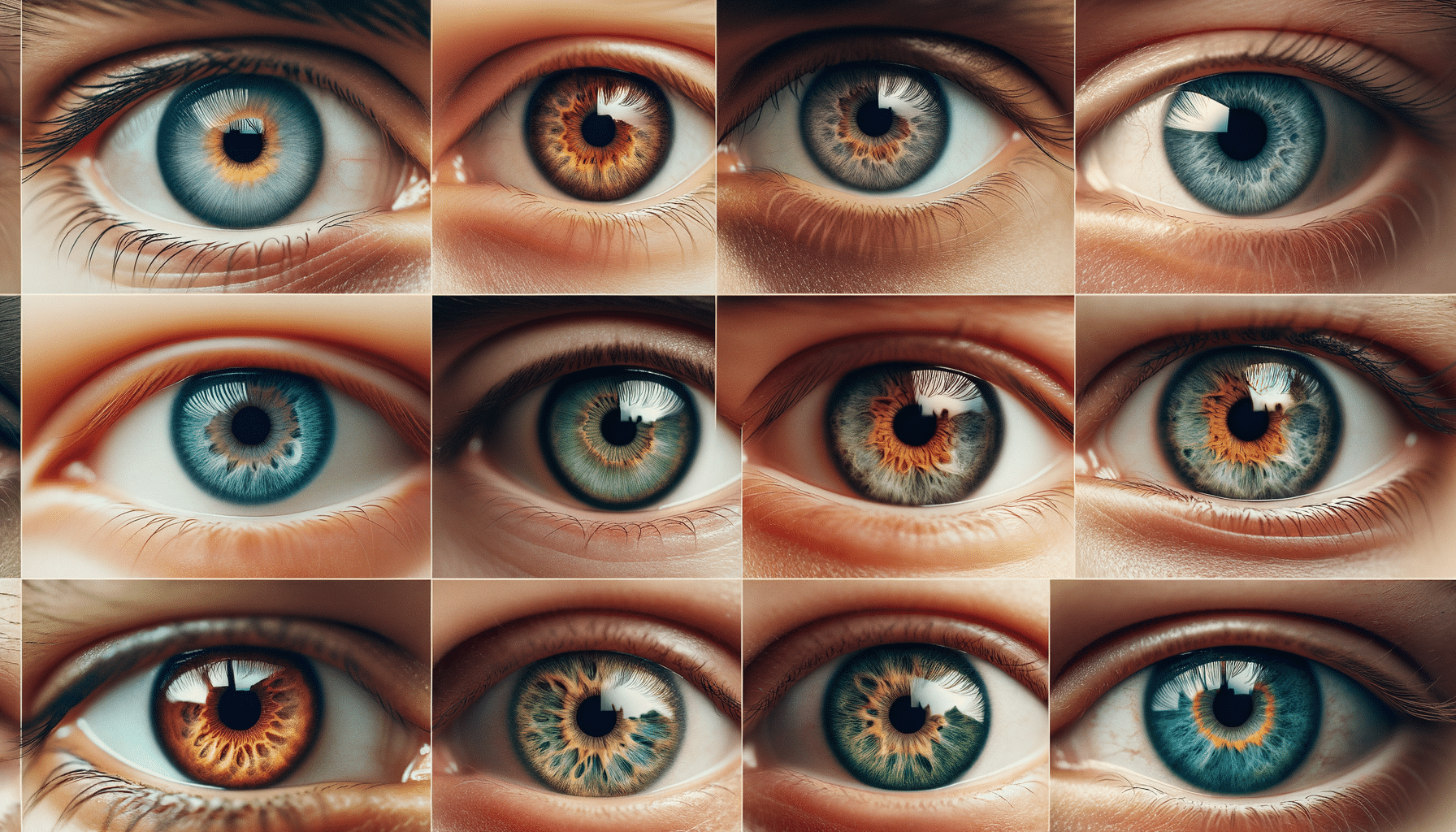
How 3D Printing is Changing the Fashion Landscape
From futuristic runways to sustainable wardrobes, 3D printing is revolutionizing the fashion industry like never before. Gone are the days when design and production were solely dependent on traditional methods.
3D printing, also known as additive manufacturing, is reshaping how clothes are designed, produced, and even worn. This technology allows designers to create intricate designs that were previously impossible or too costly to produce. By layering materials, 3D printing creates items with precision and reduced waste, aligning with the growing demand for sustainability in fashion.
How 3D Printing Works in Fashion
3D printing involves creating a three-dimensional object from a digital file. In fashion, this means designers can experiment with shapes, textures, and materials in ways that traditional sewing and fabric-cutting cannot match. According to a report by the Fashion Institute of Technology, 3D printing can reduce fabric waste by up to 30%, making it a greener option.
Expert Opinions
“3D printing is not just a tool for innovation but a means to rethink the entire supply chain,” says fashion tech expert Danit Peleg.
Her work showcases how garments can be manufactured close to the consumer, reducing transportation emissions and costs.
Innovative Fashion Applications
- Custom Fit: Designers can create clothing tailored to individual body shapes, enhancing comfort and style.
- On-Demand Production: Fashion brands can produce items only when needed, minimizing overproduction.
- Recycled Materials: Many 3D printed garments use recycled plastics, contributing to a circular economy.
Real-World Examples
One standout example of 3D printing in fashion is the collaboration between designer Iris van Herpen and a renowned tech company, resulting in stunning, ethereal gowns that push the boundaries of traditional fashion. Another example is the creation of customizable footwear by major sports brands, allowing consumers to design their shoes using 3D printing technology.
Actionable Tips for Designers
- Experiment with different materials to find the right fit for your designs.
- Stay updated with the latest 3D printing technology to leverage new capabilities.
- Consider sustainability by integrating recycled materials into your designs.
Benefits and Comparisons
| Aspect | Traditional Methods | 3D Printing |
|---|---|---|
| Waste | High | Low |
| Customization | Limited | High |
| Production Time | Long | Short |
| Material Variety | Limited | Expanding |
| Cost Efficiency | Variable | Improving |
| Environmental Impact | Negative | Positive |
| Complexity | Constrained | Limitless |
| Supply Chain | Extensive | Streamlined |
Frequently Asked Questions
What is 3D printing in fashion?
3D printing in fashion refers to using additive manufacturing technology to create clothing and accessories.
How does 3D printing benefit the fashion industry?
It allows for reduced waste, increased customization, and on-demand production, contributing to sustainability.
What materials are used in 3D printing fashion?
Common materials include plastics, recycled materials, and innovative textiles designed for 3D printing.
Conclusion
The integration of 3D printing in fashion is more than a trend; it’s a transformative force reshaping the industry. By embracing this technology, designers can create innovative, sustainable, and customized fashion pieces. As the technology evolves, it’s essential for fashion professionals to stay informed and explore how 3D printing can enhance their creative processes.


